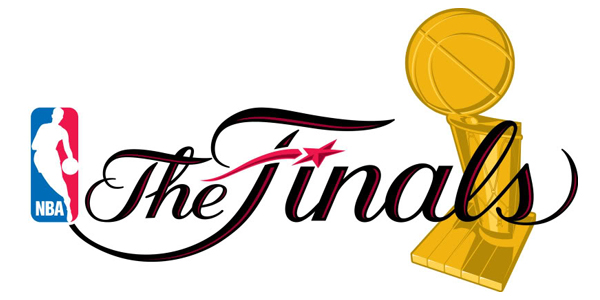ESPN’s Audio Team Likes Added Time in NBA Finals Schedule
Increased networking, shared resources make mixers’ life easier
Story Highlights
The NBA made it a bit easier this year on the broadcast crews covering the league’s championship finals, with additional days between games, including three between the first two games played in Oakland. It felt almost luxurious to the audio staff for ESPN, but they’re taking full advantage of it.
 “We were lucky, and management supported us to be able to keep the same team we’ve had for years on NBA games,” says Scott Pray, the veteran A1 for the Finals, which began June 3 in Oakland and could extend to June 19. “Having the kind of crew that we have is vital when we run into arena conflicts, like we did in Game 5,” the Cavs-Pistons playoff game at Quicken Loans Arena, which had a Justin Bieber concert booked for the same date. “We had to do a set-shoot-strike [broadcast setup and show production followed immediately by a set breakdown], which is huge to do on game day. Having the right people is critical, and we do.”
“We were lucky, and management supported us to be able to keep the same team we’ve had for years on NBA games,” says Scott Pray, the veteran A1 for the Finals, which began June 3 in Oakland and could extend to June 19. “Having the kind of crew that we have is vital when we run into arena conflicts, like we did in Game 5,” the Cavs-Pistons playoff game at Quicken Loans Arena, which had a Justin Bieber concert booked for the same date. “We had to do a set-shoot-strike [broadcast setup and show production followed immediately by a set breakdown], which is huge to do on game day. Having the right people is critical, and we do.”
Pray is working out of Game Creek’s Peacock One truck, and effects submixer Jonathan Freed is camped in Game Creek’s Spirit rig, both on Calrec Apollo consoles. In Cleveland, Game Creek Discovery is on hand for the studio shows, including Countdown and SportsCenter, around the games. A Calrec Artemis console handled audio for those as well.
‘Lightweight Infrastructure’
What is new for this series is a greater degree of networking for the audio. All the consoles were linked, via Calrec’s Hydra 2 system. “It lets each mixer take any of the resources from any other console and use them, which helps tremendously with signal flow,” says Pray. “All of the resources are able to be shared, from any console to any console.”
Freed notes that, even as this approach expanded signal transport, it also reduced its complexity. “We were able to do this on just a couple of fibers between the trucks,” he explains. “It was a very lightweight infrastructure.”
The games’ audio mixes are typical of the reverberant environment of arena sports, especially when championships are involved. It takes a while to figure out where the sweet spot is between the effects on the court and the crowd in the stands.
“An arena always tends to start out hot,” says Freed. “It’s always like that at the top of the show. Then the live ambience starts to smooth out.”
The balance between effects and crowd ambience is the rhythm track for a game, and mixers are always looking for better ways to shape each one before they blend them together. Pray and Freed note the Sennheiser MKH 8060 and 8070 short and long shotgun microphones they’ve been using for the past several years, replacing the old standby 416 and 816 shotguns.
“We’re getting a better dynamic response,” says Freed. “We’re hearing more of what we’re pointing at, like the quick dynamic transient of a ball bounce, and less of the crowd in those mics. That way, we’re getting a nice isolated effect sound that we can add more-controlled ambience around.”
Both a player and a coach from each team are wired for sound this year, with that iso audio sent to a single EVS machine and then used in replays and packages after vetting by a league representative. However, that sound source was limited to only the first two games of the series.
Most of the rest of the effects sound comes from microphone placements that have been in place for decades, such as the Sony ECM 77B lavalier attached to the basket rim and short shotguns pointed at the three-point line. But it’s the unexpected that the audio team is always watching and listening for.
“We’ve got a great team of people,” Pray says of his colleagues. “So it’s nice to have those extra days to save wear and tear on them.”
